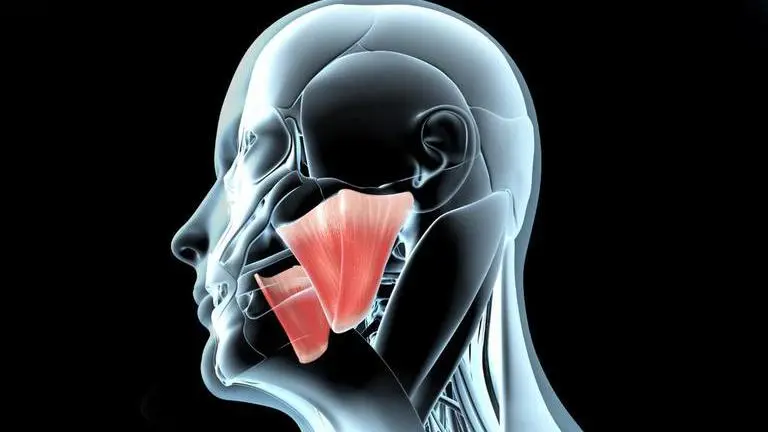Updated 2 January 2022 at 12:41 IST
New jaw muscle layer discovered by researchers at University of Basel: Reports
An unknown part of the body has been discovered by researchers, which consists of a deep layer of muscle in the masse at the University of Basel, Switzerland.
- Science News
- 3 min read

An unknown part of the body has been discovered by researchers, which consists of a deep layer of muscle in the masseter at the University of Basel, Switzerland. The deep layer of muscle in the masseter lifts the lower jaw and is essential for chewing, as per the reports of Live Science. The anatomy textbook says that the masseter muscle has two layers, one deep and one superficial. The researcher stated that a few historical sources suggest the possible existence of a third layer as well, but they are exceedingly inconsistent as to its position. Now, the team sought to investigate whether the prominent jaw muscle had a secret, super-deep layer, as suggested by historical writings.
The researchers dissected 12 human corpse skulls that had been preserved in formaldehyde, as well as taking CT scans of 16 fresh cadavers and reviewed an MRI scan from a living person. These studies revealed an anatomically distinct third layer of the masseter muscle. The layer extends from the zygomatic bone, which forms part of the cheekbones and can be felt immediately in front of the ear to the coronoid process, which is a triangular projection on the lower jawbone.
Distinguishable from the two other layers
According to the University of Basel's official website, the first author of the study Szilvia Mezey, who is a senior lecturer in the Department of Biomedicine at the University of Basel in Switzerland stated that the deep segment of the masseter muscle is clearly distinguishable from the two other layers. The muscle layer most likely helps support the lower jaw by elevating and retracting the coronoid process. Mezey also claims that the newly discovered muscle layer is the only component of the masseter capable of pulling the jawbone backward.
Senior author Dr. Jens Christoph Türp, who is a professor and clinician at the University Center for Dental Medicine Basel stated that although it is widely assumed that anatomical research in the last 100 years has left no stone unturned, their discovery is equivalent to zoologists discovering a new species, according to Live Science.
Advertisement
Significant in a clinical setting
The authors named discovered muscle layer "Musculus masseter pars coronidea" which means "coronoid section of the masseter" according to Live Science. The researchers stated that the discovery could be significant in a clinical setting because understanding the muscle layer could help surgeons perform better procedures in that region of the jaw.
Image: Shutterstock
Advertisement
Published By : Rohit Ranjan
Published On: 2 January 2022 at 12:41 IST
